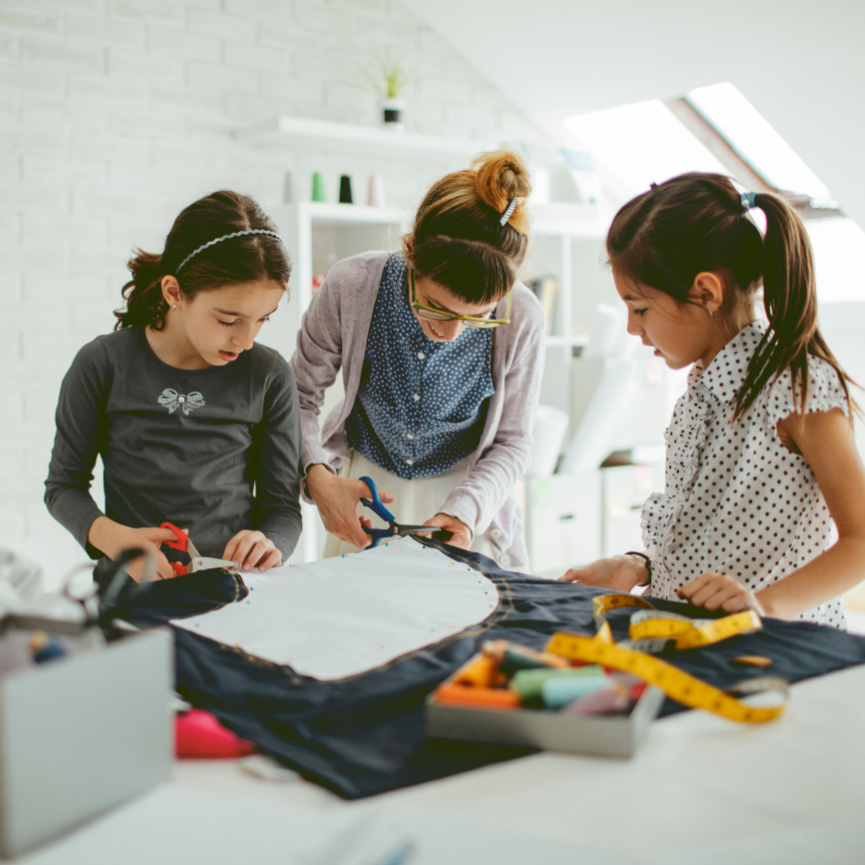
- May 09, 2024
- 195 Views
- 0 Comments
Empowering Inclusion: Social Gatherings With Autism Unveiled
In a world that thrives on social interactions, navigating social gatherings and events can be a unique challenge for individuals with autism. Understanding the intricacies of these situations is not only crucial for those on the spectrum but also for their support networks. In this comprehensive guide, we delve into the world of social events from the perspective of autism, offering insights, strategies, and tips to foster inclusivity and support.
Before we explore strategies for navigating social events, it's essential to grasp the fundamentals of autism and the specific social challenges individuals may face. Autism Spectrum Disorder (ASD) is a neurodevelopmental condition that manifests in various ways, impacting communication, social interaction, and behavior.
Key Characteristics
Sensory Sensitivities:
Individuals with autism may experience heightened sensitivities to sensory stimuli, such as loud noises, bright lights, or crowded spaces.
Difficulty with Social Cues:
Understanding non-verbal cues, facial expressions, and body language can pose challenges for individuals with autism.
Routine and Predictability:
Many individuals with autism thrive on routine and predictability, making unexpected social situations potentially overwhelming.
Strategies for Navigating Social Events
Preparation is Key:
Provide advance notice about the event to allow for preparation.
Share information about the venue, schedule, and expected activities in advance.
Create a Safe Space:
Identify a quiet space at the event where individuals can retreat if overwhelmed.
Bring comfort items or tools that may help manage sensory sensitivities.
Visual Supports:
Utilize visual schedules or social stories to explain the sequence of events.
Visual aids can enhance understanding and reduce anxiety.
Establish Clear Communication:
Encourage open communication about preferences and potential challenges.
Use clear and concise language, avoiding ambiguous or figurative expressions.
Buddy System:
Implement a buddy system where individuals with autism are paired with a supportive friend or family member.
The buddy can provide assistance in navigating social situations.
Gradual Exposure:
Gradually expose individuals to social events, starting with smaller gatherings and building up to larger events.
This incremental approach can help acclimate individuals to different social scenarios.
Inclusive Practices for Event Organizers:
Sensory-Friendly Events:
Consider hosting sensory-friendly events with reduced stimuli.
Provide sensory-friendly spaces equipped with tools for self-regulation.
Training for Staff and Participants:
Conduct training sessions to educate event staff and participants about autism.
Foster an inclusive atmosphere by promoting understanding and empathy.
Clear Event Communication:
Clearly communicate event details, expectations, and any sensory elements in promotional materials.
This helps attendees prepare and feel more comfortable attending.
Building a Supportive Community:
Support Groups:
Establish local support groups for individuals with autism and their families.
These groups provide a platform for sharing experiences and tips for navigating social events.
Online Resources:
Develop an online resource hub with articles, videos, and guides on navigating social events with autism.
This increases accessibility and reaches a broader audience.
Advocacy Initiatives:
Engage in advocacy initiatives to promote autism awareness and inclusion.
Collaboration with local communities and businesses can foster a more inclusive environment.
Navigating social events and gatherings with autism requires a collaborative effort from individuals on the spectrum, their support networks, and event organizers. By implementing these strategies and fostering inclusivity, we can create a world where individuals with autism feel not only accommodated but embraced in all social settings. Let's work together to make every event a space where everyone can thrive. Join us in our mission to raise awareness, promote understanding, and build a more inclusive society.



Comments - 0 comments till now